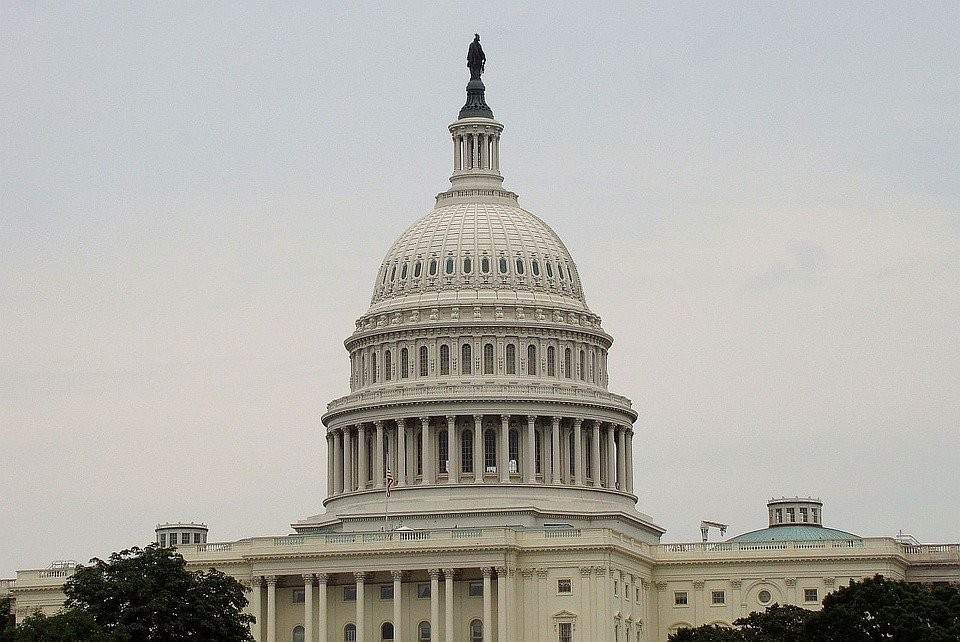In May, the US House of Representatives passed CARES 2—the HEROES Act—another legislative package responding to COVID-19. The measure contained a slew of much-needed provisions aimed at helping America’s most vulnerable survive the eye of the storm, yet three months later, it stands idle.
This global pandemic has exposed the faults in our country’s fragile framework, as already-marginalized populations are now also grappling with disproportionate unemployment, infection and death rates. And this systemic inequality is even more present in our nation’s criminal legal system, where poor people and people of color are both over-policed and overrepresented in our nation’s jails and prisons—the very places where COVID-19 is spreading most rapidly.
The HEROES Act was particularly welcome because it included provisions to depopulate jails and prisons, something a majority of Americans voters—including Republicans—strongly approve of, according to a new national poll.
This negligence is unconscionable and shows a complete disregard for human rights.
Still, it took more than two months for the Senate to even respond with its own package—the HEALS Act—which failed to include any provisions related to decarceration. Given how people behind bars are suffering as the virus ravages their facilities, this negligence is unconscionable and shows a complete disregard for human rights.
In the Bureau of Prisons (BOP) specifically, more than 10,000 incarcerated people have been infected with COVID-19 and over 100 have died, with the infection rate 5.95 times higher than for the general population. Tragically, most of the people who have died in BOP custody were at higher risk of developing complications from COVID-19, with a quarter of them over 70 years of age—the same age group least likely to recidivate.
And despite Attorney General Barr’s instruction to expand home confinement in light of the pandemic, the data show that BOP is not prioritizing the release of vulnerable individuals. In fact, only 4 percent of the BOP’s population has been placed in home confinement since March 26, when it claims it began prioritizing this tool.
While the federal government and various states and localities have made some effort to depopulate correctional facilities in light of COVID-19, it is simply not enough. Already, more than 140,000 incarcerated people nationwide have tested positive for COVID-19 and at least 900 incarcerated people and correctional staff have died. While distressing, these numbers are likely still an undercount since not all facilities are reporting cases, in addition to a lack of testing. These numbers will certainly continue to increase as time passes and the virus spreads, unless these facilities are immediately depopulated.
The truth is, it is impossible to follow the CDC guidance around COVID-19 behind prison walls. How can a person frequently wash their hands with soap and water when access to it is hard to come by? How can a person socially distance in an overcrowded correctional facility when they share a cell and shower with others? How can one apply hand sanitizer when the main ingredient, alcohol, is considered contraband? How can a person disinfect common spaces without access to gloves and cleaning products?
And this doesn’t even take into account the daily churn of correctional staff and others from outside the facility that are also exposing incarcerated individuals to the virus. Simply put, jails and prisons are inherently not conducive to protecting health.
It is critical to remember that incarceration itself is a risk factor for COVID-19.
What is more, incarcerated people suffer from underlying medical conditions at rate much greater than the general population. This includes higher rates of respiratory disease, diabetes, substance use disorder and infectious diseases that make people more susceptible and less able to fend off COVID-19.
But it is critical to remember that, while incarcerated individuals tend to be at higher medical risk, incarceration itself is a risk factor for contracting COVID-19. Protecting these especially vulnerable populations means protecting the broader community, including correctional staff and people who live in the areas where facilities are located. And decarceration is a critical step in ensuring our hospitals do not become overwhelmed.
To this point, an ACLU study drew the stark connection between our incarcerated community members and the free population, revealing that failing to immediately and dramatically reduce incarcerated populations will result in approximately 100,000 more people dying of COVID-19.
Congress can still act, but it’s up to us to hold them accountable. It is more critical than ever that we call on our members of Congress to endorse the two prison reduction bills found in the HEROES Act: the Emergency Community Supervision Act of 2020—which prioritizes the release of medically vulnerable people, including pregnant people, from federal prison into community supervision—and the COVID–19 Correctional Facility Emergency Response Act of 2020, which incentivizes state and local officials to reduce jail and prison populations and funds critical reentry services. It’s up to all of us to demand the inclusion of these bills in the next COVID-19 Congressional relief package.
COVID-19 has exposed the fractions in our society more acutely, but at the same time, it has created an opportunity for our country to meet the challenge and do better. Among other things, we can truly begin to dismantle mass incarceration and surrender the title of greatest incarcerator in the world, saving countless lives.
Photograph via Max Pixel/Public Domain
The Drug Policy Alliance, the author’s employer, previously provided a restricted grant to The Influence Foundation, which operates Filter, to support a Drug War Journalism Diversity Fellowship.





Show Comments